In case you missed it in this post, Roger Linn noted Dave Smith was "an avid athelete, cyclist and triathlete. He actually participated in the Hawaii Ironman Triathlon in his younger years..."
@birdkids reminded me of an article on the development of the Prophet VS archived on the WaybackMachine. In it, Chris Meyer mentions Dave was in Hawaii prepping for the tournament during that time. I thought it was interesting and worth sharing. I captured it below.
"Date: Wed, 15 Jan 1997 07:55:41 -0800
From: Xrystal
MIME-Version: 1.0
Subject: Birth of the Prophet VS
I thought the following might be of interest to you. Xrystal
_____________________________________________________________________
The Birth of the Prophet VS
By Chris Meyer, ex-employee of Sequential Circuits
reprinted from the VS WaveWrangler User Guide by permission of Interval Music Systems,
©1991 Interval Music Systems.
It all started somewhere in 1985. We were still working on the Prophet 2000 sampler,
and as resident historian (in other words, I had the most magazines and manuals) another
engineer was asking me to explain how various instruments performed crossfades. I had
finished discussing the Fairlight, and had moved on the PPG - explaining its wavetables,
and the ability for it to scan a group of waves first in one direction and then back again,
While I was scrawling this back and forth motion in my notebook, suddenly a little twinge
went off in the back of my head, and myhand drew the next line arcing down the page.. and the
concept of crossfading beween waves in two dimension, not just one, was born.
Trying to imagine what it would sound like to wander around a space with different waves in each
corner was a little beyond my grasp at the time. So, I decided to patch it up on my
rag-tag modular synthesizer at home.
For some reason, I was convinced that all four waveforms had to be at exactly the same
frequency, with their only differences being their waveshape (and therefore, timbe). I
plunged into my aleady heavily-modified Oberheim TVS 1-A (Two Voice Synthesizer - a pair of
old SEM modulars, a sequencer, and a three octave keyboard in a road case) and found a way
to sync all four oscillators. I then dialed up four different waveforms by playing with the
waveshapes, sync tuning, and filters (since the TVS has only two filters, I used my
hand-built linear-based PAiA modular for the other two, using a Korg exponenial-to-linear
convertor to make sure they all tracked the Oberheim's keyboard together). I then patched
the four resulting VCA's from a custom cabinet
built by Gentle Electric, using the various control voltage mixers built into the Gentle
Electric and the inverers and bias offsets in a Dennis Electronics Control Voltage Processors
to perform the crossfades. The timbre mix was animated by envelopes from a Sequential Model
700 programmer and an LFO patched in from the Oberheim. This was all mixed together and fed
into a final VCA, controlled from the Oberheim. In the end, one voice took up almost my entire
collection of ananlog synths, spread across modules from six different manufacturers.
It took about an hour to learn the patch (trying to mentally map a pair of ADSRs into i
maginary two-dimensional space while my hands probed around a maze of wires...lets just say
it took some thinking). Yet even on this limited system, some pretty intersting timbres started
to emerge - struck attacks that faded into shimmering flutes; clarinets that opened up into
raw sawtooths, etc. I took this tape into work and played it for a few engineers, and after
getting some ribbing for my bad playing, they got excited.
As interest started to build, I started lobbying the marketing department to consider this
new idea. I played them a tape of The Fixx, (where the keyboardist plays a Prophet 5 and a
PPG Wave), and told then that we could design one instrument that could make all of the
sounds. (The whole issue of what the VS would end up sounding like finally reached a head
when the director of marketing stated to demand - well into the project - "Can it make the
sound of a DX7 slap bass? If it can't do a good slap bass, I want out of the project right
now". We just laughed at himn and said "We don't know what it's going to sound like!!!".
Thankfully the VS didn't let us down...) At this time no engineers were part of the product
planning meetings at Sequential, but as luck would have it founder Dave Smith was talking
about starting work on Sequential's first digital synth and trying to find a technology that
would allow the waveshape to be changed in real-time. Just like people say, timing is everything.
The team of primary engineers became myself, Josh Jeffe and Tony Dean (the
latter two who now work at E-mu). Tony ended up being the main hardware engineer on the
project and Josh the main software engineer and project manager. We spent alot of time trying
to refine what I was calling "The Diamond Patch" (so-called for its brilliant, shimmering
sounds.. and other more vain reasons I'll reveal later), and figuring out how to to design the
hardware. Keep in mind that none of us had any background in DSP or psychoacoustics; we had to
make it all up from scratch. As it turns out, some of our ignorance paid off in taking paths
that textbooks would told us to avoid.
Tony and I theorized on how to do a wavetable synth, and came up with two strategies - have a
waveform of short, fixed length and vary how fast you played it, or start with a very long
version of a waveform and skip samples in it to alter how long it took you to read it out once
(and therfore alter your final pitch). Unable to decide we acquired a PPG anda Korg DW6000 to
see how they did it. We felt vindicated to learn that the PPG did it exactly the first way we
theorized, and the Korg the second. (In the process, Josh became one of the few people in the
US who knew how a PPG worked inside - the company didn't release schematics, advising would-be
techs to "Don't loose (sic) time - return to factory immediately!"). We liked the pure balls
of the PPG better (plus the scheme that used shorter waveforms meant we could stuff more waves
into the instrument), so we chose the transposition method.
This choice is the one place our ignorance paid off the most. Transposing a
waveform way down in pitch causes strange upper harmonics - images of the
original harmonic pattern - to appear if not properly filtered. These images are what gives
the PPG (and VS) its brightness and vicious bass. I
was raving for months (much to the bafflement of Josh and Tony) in particular about the sound
a PPG makes where only the low and highest harmonics seem to be present. One day, I walked into
the lab while Josh was
testing the VS hardware, and happily exclaimed "That's it! That's it!! That's the sound I mean!
What's the waveform?" It turned out it was only a
sine wave, but it was tuned so low that the image of its one harmonic was
audible as a very high, airy harmonic.
Working on a sampler at the same time really tuned our ears to the difference between natural
sounds and synthesized ones. Most synths of the
time went through some interesting gyrations with their envelopes, but then
stopped any harmonic development when they hit their sustain stages. Also,
real sounds have a lot of phasing and beating going on, which is too complex to recreate with
just a simple LFO.
The first major change to the Diamond Patch (a name that curses Vector Synthesis to this day...
it would be much easier to use if the four oscillator positions were the corners of a square
instead, but Josh felt the name demanded that the user interface arranged them like a diamond -
which everyone has followed ever since) was to allow the four waves to be
separately tunable. Detuning provides a type of motion and beating that no
amount of timbre variation seems to be able to replace. Josh tried all sorts of algorithms to
simulate detuning in oscillators that were actually
synched together, but all had weird artifacts. In the end, it was best that
they ended up the way they did. (Speaking of sync, we considered that, but
Tony didn't feel he could guarantee that it would work reliably in the custom chips. Oh well...)
Another step was to borrow the looping envelopes from the Buchla 400. I had
spent a little time with that particular beast, and enjoyed the extra motion I could get from
its independant, ten-stage, loopable envelopes. Each envelope became a sort of complex LFO,
operating at a frequency that
was different than all the other envelopes and LFOs. This came the closest
to imitating the almost-random motion we were hearing in real sounds. Josh
and I argued over the number of steps in the envelopes for some time - I wanted more steps than
the normal ADSR, but he didn't want it to be too complex for the the musician to program. He
finally came up with the idea
of a five-point envelope, where point "0" could be used as an instant-on attack without wasting
a whole stage with the envelope rate set to zero.
Scott Peterson (my immediate boss, and one of the original Sequential employees) came up with
the idea of the joystick to control the waveform mix. This proved to be a lot easier and more
intuitive to program than the
discrete X and Y axis envelopes I used in the origianl Diamond Patch. It also fit well with the
idea to include user waves in RAM - the user could
then easily dial up a mix with the joystick, and press a button, and have
their own custom waveshape. We felt this feature would really make the VS a
timeless instrument, since the user could keep renewing and personalizing
the instrument as they went on. Alas, this has never really been expoited
until the advent of the the Wave-O-Rama portion of the program you're holding now
[VS WaveWrangler].
The original waves for the VS were created three ways - extracting single-cycles from sampled
sounds, using a custom additive synthesis program, and using a program Josh slapped together
called "Hacker" where you could draw the waveshape. These were fed straight from the computer
through the filter and VCA of a Pro-One to figure out what the might sound
like in a patch. And by the way, no PPG waveforms appear inside the VS - we
had access to them, but in the end our consciences got the better of us. We
did steal some waveforms from the Korg DW6000, but only by looking at the
harmonic drawings on the front panel and trying to imitate them in our additive synthesis program.
The VS is really quite a mess inside hardware-wise. We had problems with the custom chips being
developed for this product, and we were trying to push the analog multiplexing circuitry further
than it really wanted to go.
(We considered trying ot so the waveform mixing digitally - dedicating a 68000 or TMS320 to each
oscillator - it ended up cheaper to do it in analog.) But some of the nastiness is what gives the
VS its character -this
guy does not fadeinto the background in a mix.
The very first patch I remember coming from the VS was created by Josh.It
was pretty simple - four disparate waveforms in each corner, with one LFO
panning between A and C and the other panning at a different rate between B
and D. The resulting extreme washes between radical harmonics and simple sine waves ended up
being an example of the signature sound of the Prophet
VS.
How did it end up being called the VS? Well, no one was really thrilled with the name "Diamond"
or the term "Diamond Patch" (vain admission - I thought "The Square Patch" sounded too boring,
so I rotated the positions
of the four oscillators 45 degrees to look like a diamond - a decision I regret to this day,
because it meant the four oscillators have stayed rotated 45 degrees in the VS and its descendants
even though they make much
more sense laid out as the corners of a square).Also we didn't want to give
it just another number (its project code was 2400, and the "Prophet 2400"
was indeed considered). Josh was sick one week with a bad cold, and was taking a lot of Sudafed
Plus one day to try and get over it. Now, those who
have taken it know that Sudafed is indeed a mild amphetamine. While in this
drugged condition, Josh got the idea to call the process of defining the waveform mix "vector
synthesis". We called Dave Smith in Hawaii (where he
was preparing for another Iron Man tournament), and the incredibly sick Josh had surprising little
difficulty convincing the incredibly fit Dave to
go along with it.
(The Random Patch feature came from another Dave/Josh exchange. In the lab,
we had one prototype VS wake up brain dead. In the process, it scrambled its patch memory, and
was producing some of the most bizzare sounds as a result. Dave - an aficianado of bizarness -
therefore wanted a patch randomizer built in, but Josh was against it. Finally Dave promised Josh
a
six-pack of his favorite beer if he would put it in, and in one weekend Josh slapped it together.
Ah, the scientific process...)
What did we leave out? We briefly considered adding attack transients in front of the waves, but
ruled it out for lack of RAM. (I, for one, was sick
in my stomach when the Roland D-50 came out with sampled attacks). Sync, velocity to attack rate,
and another stage in the envelope are onmy short
list of other features.
Its ironic that so many years later, Vector Synthesis is considered a Hot
Thing - especially when you consider that neither Josh, Tony or myself sworked on the follow-ups
from Yamaha or Korg (althogh to be fair, Scott,
Dave, patchmaster John Bowen and tech writer/philosopher Stanley Junglieb
did). But it's still the one instrument I would take with me to a desert island, and I'm proud to
have been a part of it.
Chris Meyer is now Chief Engineer at Roland R&D, Los Angeles, California"
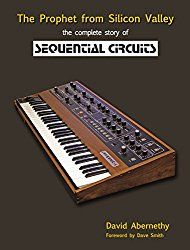



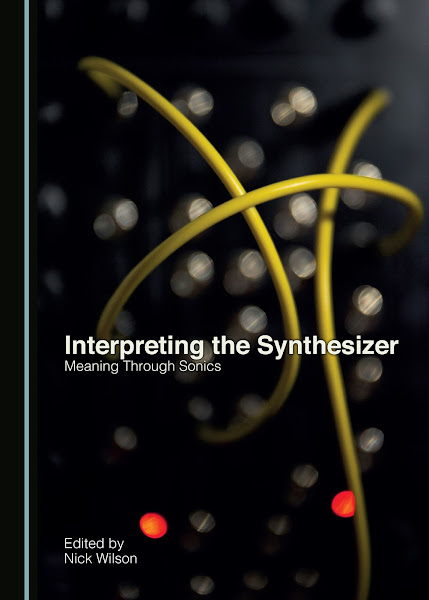
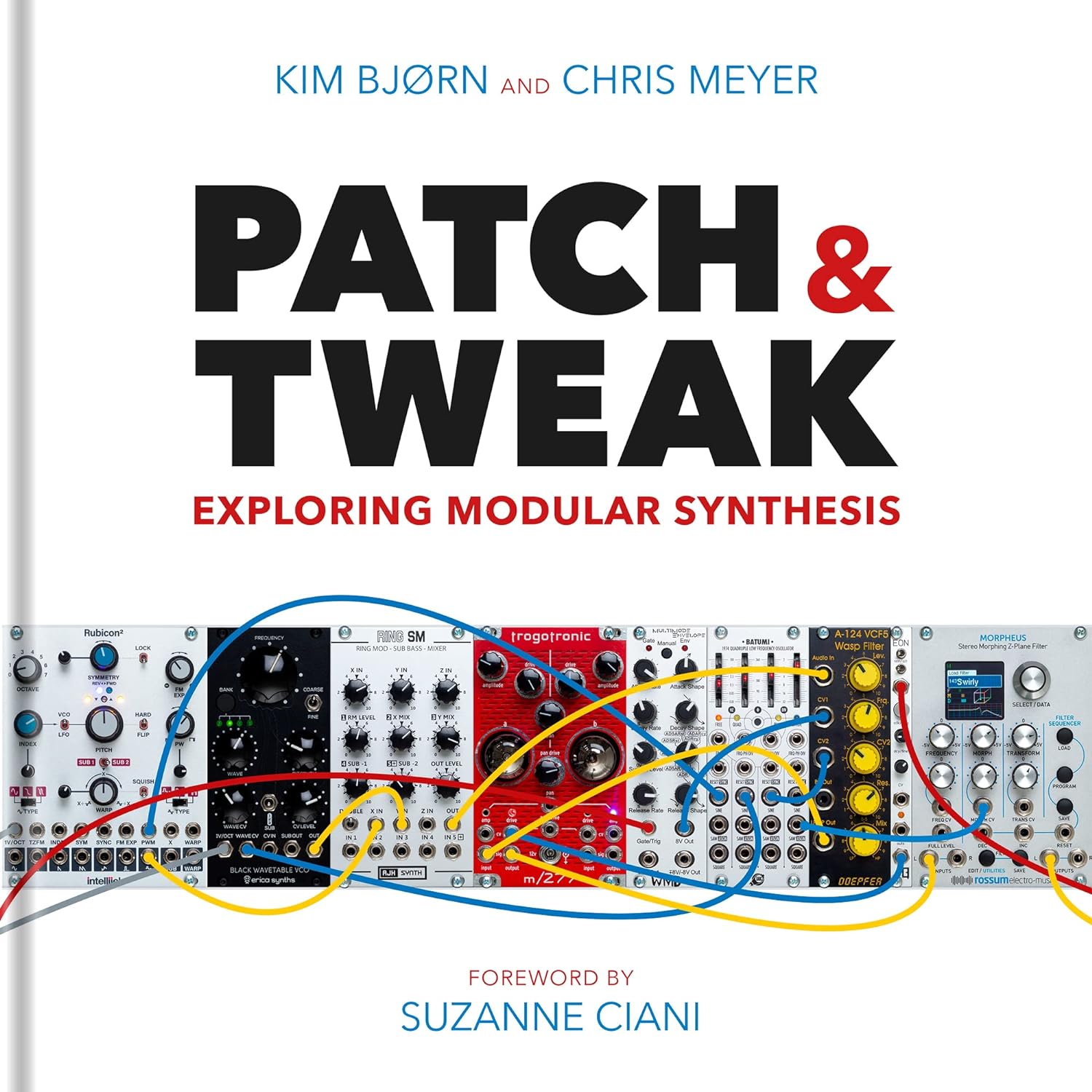

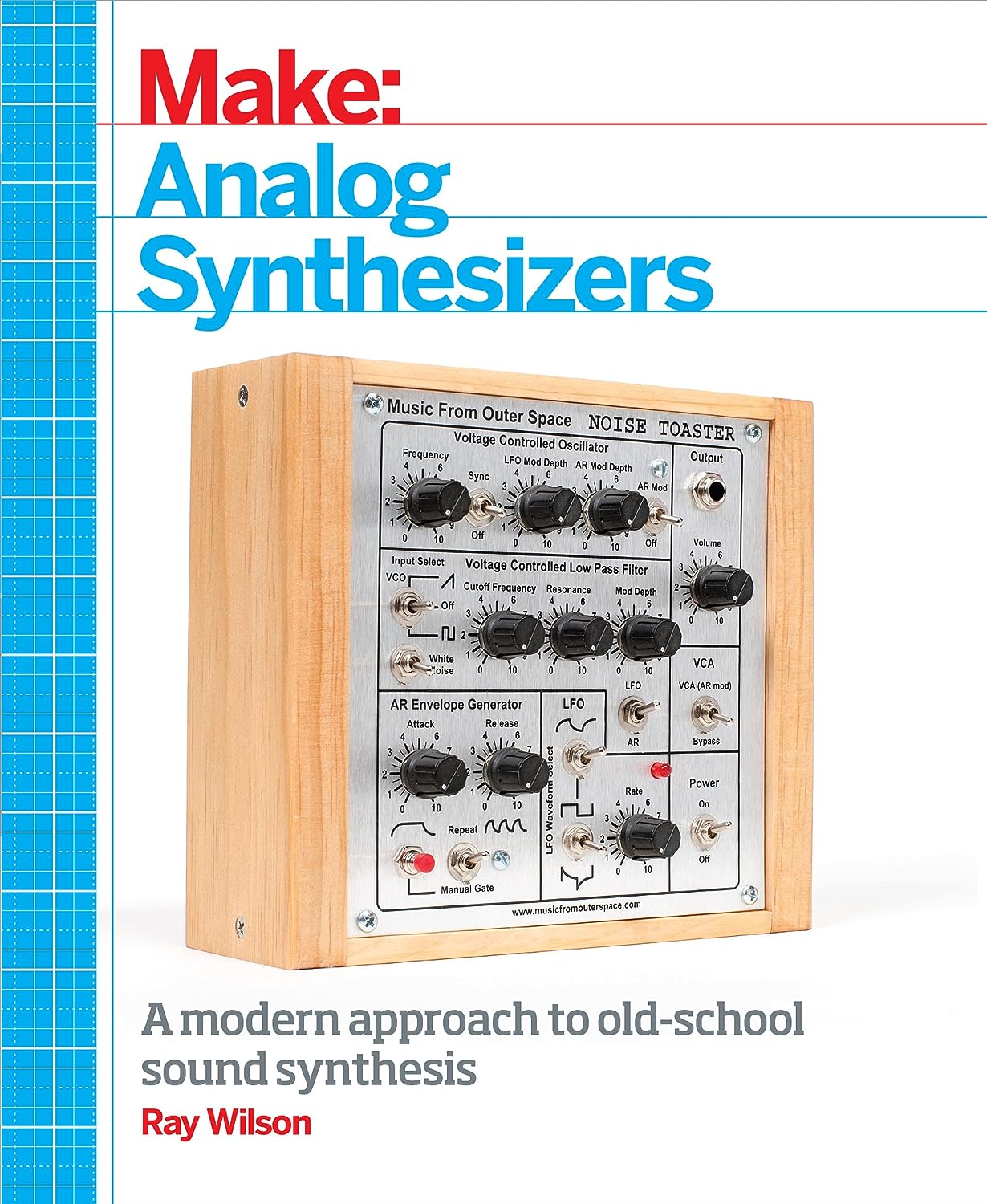

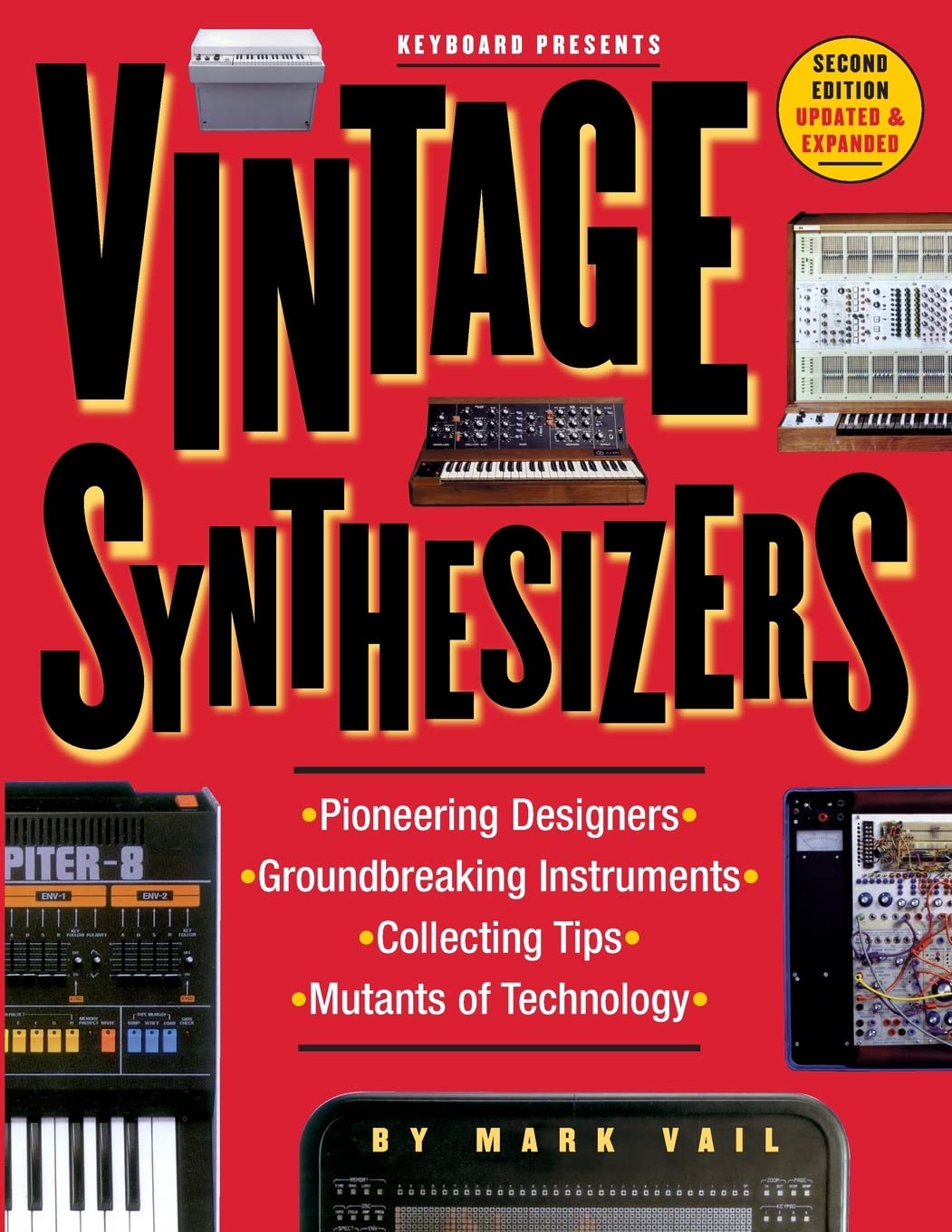
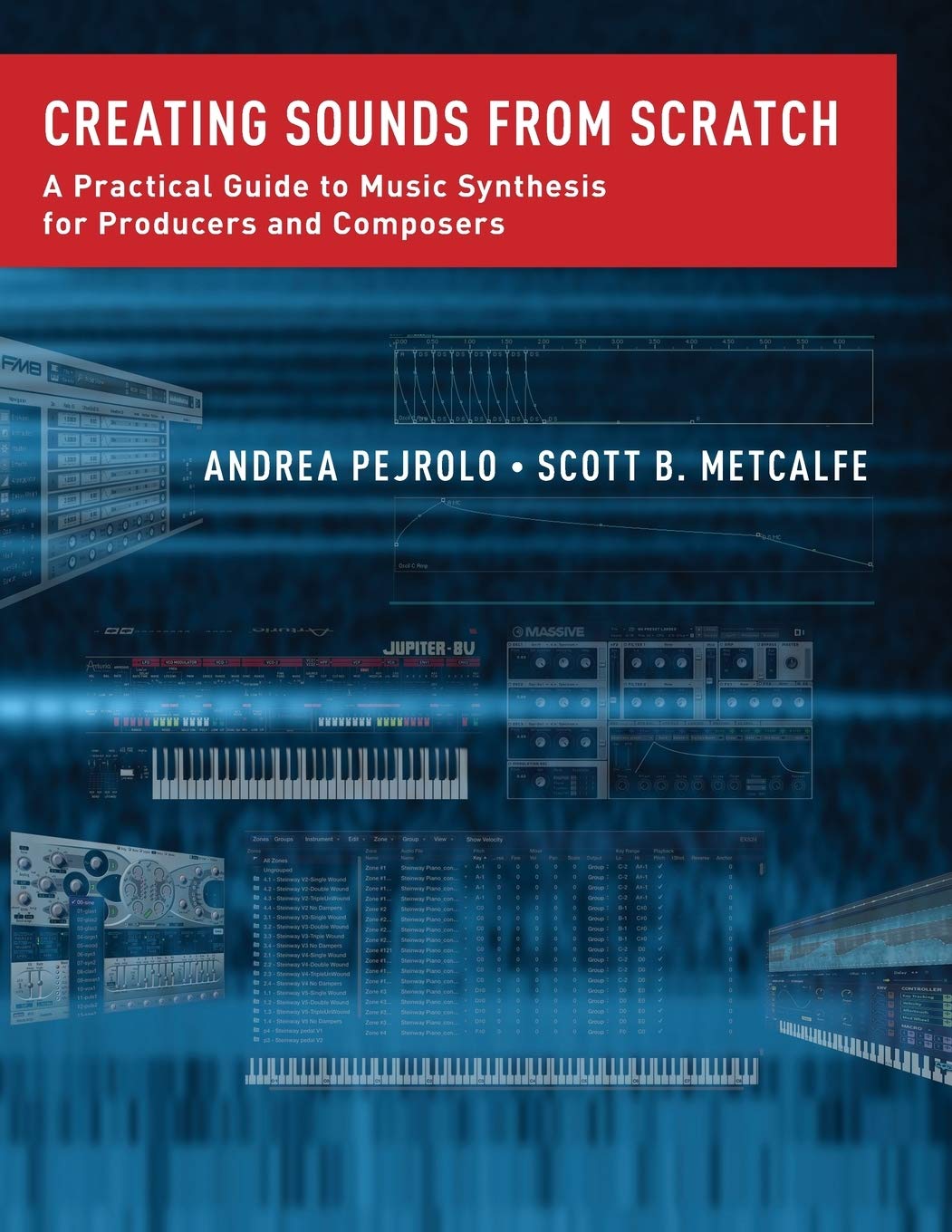
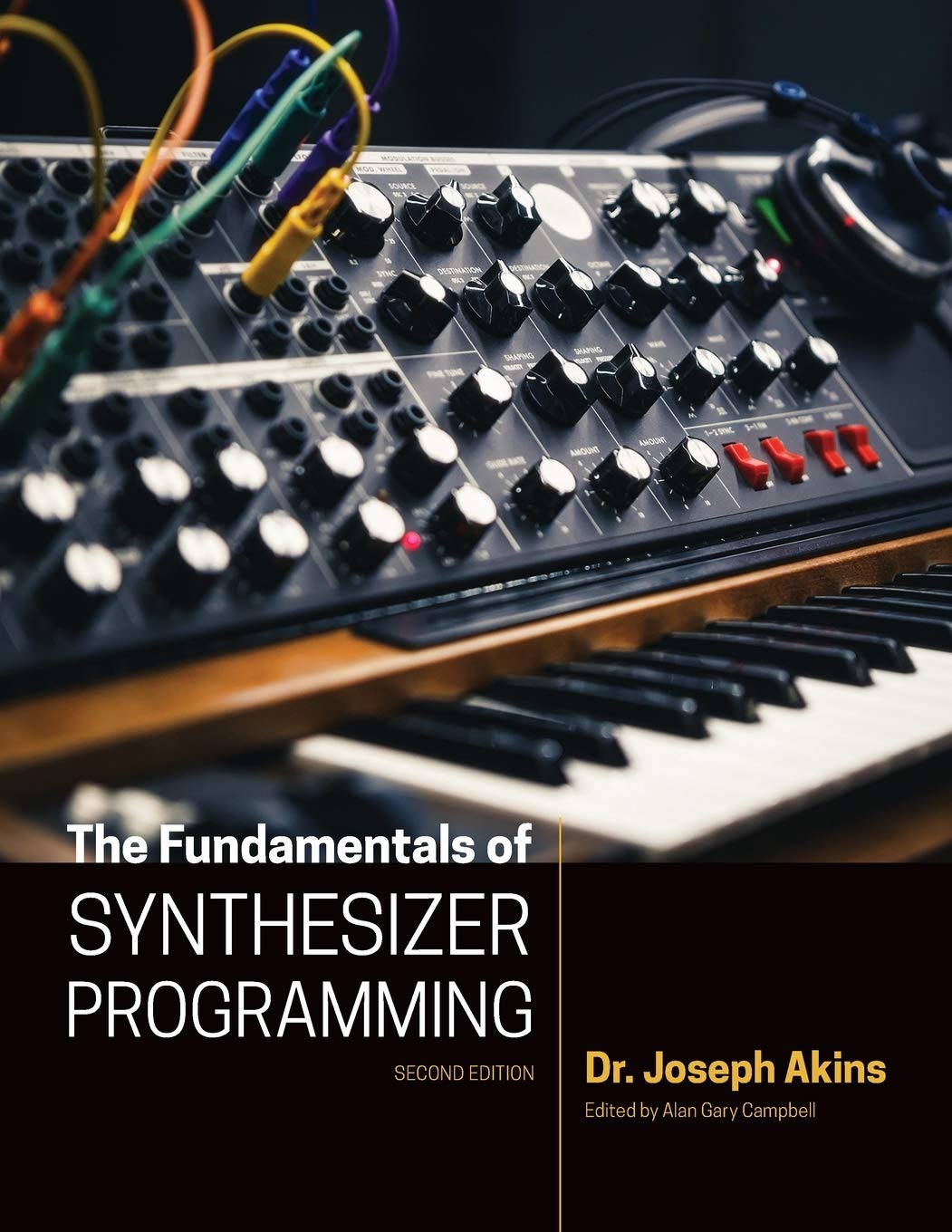















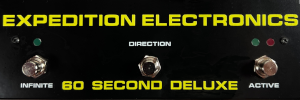
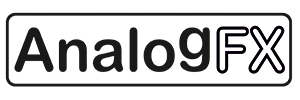










No comments:
Post a Comment
Note: To reduce spam, comments for posts older than 7 days are not displayed until approved (usually same day).